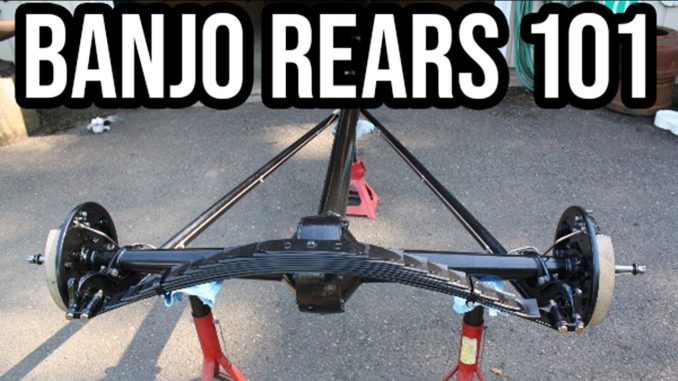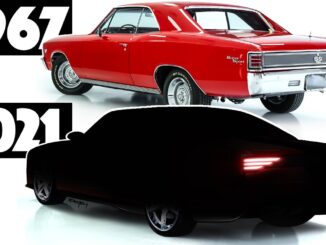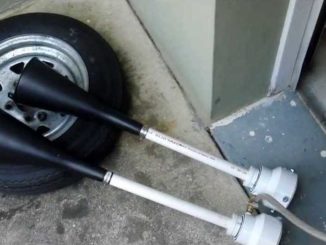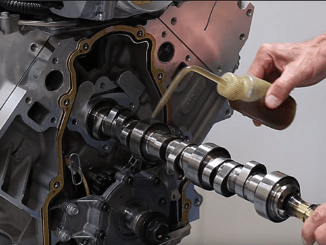
The team at IronTrap Garage is back with another installment in their Hot Rodding 101 series, this time focusing on one of the most iconic pieces of early Ford engineering: the banjo rear end.
If you’ve ever spent time at a swap meet, a junkyard, or digging through old barns, chances are you’ve come across one of these distinctive rear differentials. Nicknamed the banjo rear for their unique shape, these assemblies were used by Ford from the Model A era through the early V8 years, and they remain a popular choice for traditional hot rod builds.
In this beginner-friendly video, Matt from IronTrap Garage breaks down the essentials:
- Identifying Early Ford Banjo Rears
Learn how to spot the differences between the Model A, early V8, and later designs. Each has unique strengths and weaknesses when it comes to hot rod applications. - Choosing the Right One for Your Build
Not all banjo rears are created equal. Matt highlights which versions work best for hot rods and what makes certain years more desirable. - What to Look For in the Wild
Whether you’re scouring a swap meet or pulling one from a forgotten parts stash, knowing what to inspect before you buy can save a lot of headaches down the road. From worn gears to potential cracks, this guide points out the red flags.
This episode isn’t just for seasoned builders—it’s tailored for beginners who want to understand the foundation of early Ford rear ends and how to use them in a traditional hot rod build.
If you’re curious about the history, function, and practicality of Ford’s banjo rear ends, this video is the perfect place to start.




